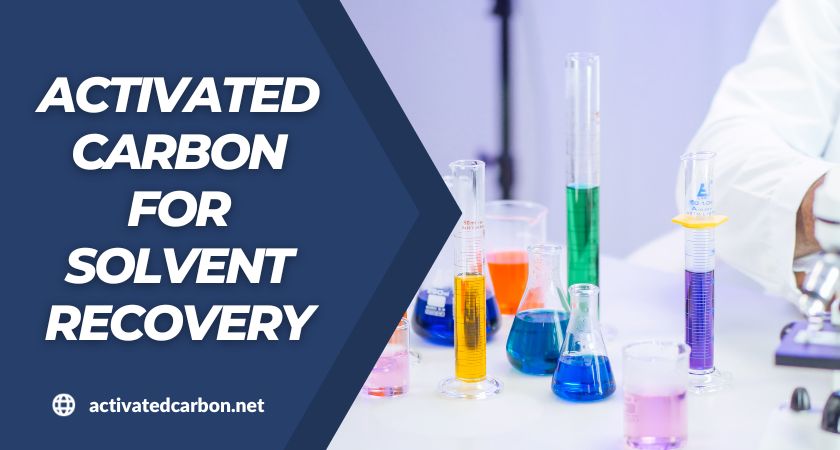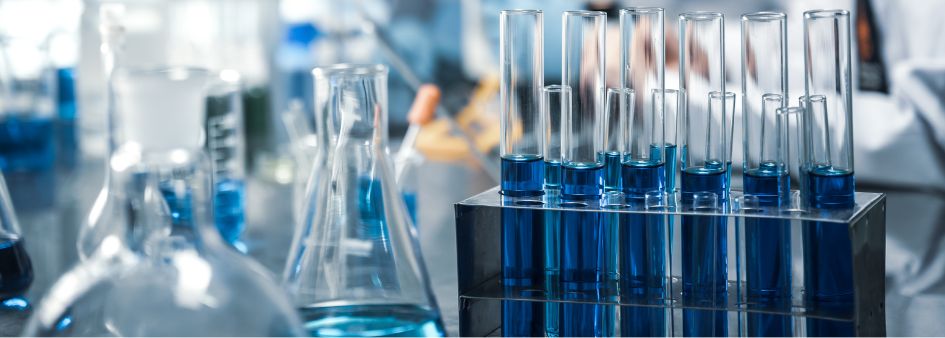
In today’s society, the sustainable use of resources and environmental protection are becoming increasingly important.
In the field of chemical engineering, solvents are widely used in industrial production, but their emissions and waste have a significant impact on the environment. Therefore, solvent recovery is a crucial environmental measure, and the adsorption method using activated carbon is the most cost-effective in solvent recovery.
This article will delve into the application of activated carbon in solvent recovery and how it contributes to the development of green industry.
Solvent Recovery Methods

There are various methods for solvent recovery, including absorption, condensation, adsorption, and membrane separation. These different methods are chosen based on the characteristics of the organic solvent to be recovered.
Next, we will share some common solvent recovery methods.
Absorption Method
The absorption method involves passing gas containing the organic solvent to be recovered through some oily liquid (such as waste diesel). The gas and liquid flow in opposite directions and most of the organic solvents in the gas are absorbed by the oily liquid.
Condensation Method
The condensation method mainly involves cooling the gas to condense the organic solvent directly. This method yields high-purity recovered organic solvents that can be reused, providing high economic value.
Adsorption Method
The adsorption method primarily utilizes activated carbon to adsorb toxic organic solvents. The mixture passes through an activated carbon bed, where organic substances are adsorbed. Subsequently, the adsorbed substances are desorbed and recovered through heating or other means.
Membrane Separation Method
Membrane separation involves using membrane technologies, such as reverse osmosis or evaporation membranes, to achieve the recovery of components in the mixture through substance permeation and separation on the membrane.
Do you plan to purchase activated carbon?
Activated Carbon for Solvent Recovery
Among these solvent recovery methods, the adsorption method using activated carbon is the most cost-effective.
By introducing organic solvent vapors into an activated carbon adsorption tower, the excellent adsorption performance of activated carbon is utilized to adsorb and remove organic vapors, purify the air, and recover organic waste gas for repeated use in production. This reduces atmospheric pollution and lowers production costs.
Activated carbon, with its good chemical stability, abrasion resistance, adsorption capacity, and low bed resistance, exhibits strong adsorption capabilities for organic solvent vapors in most concentration ranges.
It is widely used in the recovery of organic solvents such as benzene, xylene, ether, ethanol, acetone, gasoline, trichloromethane, and tetrachloromethane. It plays a crucial role in industries such as petrochemicals, pharmaceuticals, plastics printing, fiber, plastics, and artificial leather.
We Can Provide Activated Carbon
Solvent recovery is a form of resource recycling that can save a considerable amount of procurement costs and reduce environmental pollution. For activated carbon used in solvent recovery, our produced coconut shell-based and coal-based activated carbon are widely used.

Coal-based and coal-based coconut shell granular activated carbon
- Particle Size(mm): 3, 4
- CTC Value(%): 60(min)
- Hardness(%): 95(min)
- Ash Content(%): 8(max)

Coconut shell granular activated carbon
- Mesh Size(mesh): 4-8, 6-12, 8-16
- Iodine Value(mg/g): 1000-1050
- Moisture(%): 8(max)
- Hardness(%): 95(min)
- Ash Content(%): 5(max)
Do you plan to purchase activated carbon?
Final Thoughts
After reading the above content, you now have a more profound understanding of the application of activated carbon in solvent recovery.
The choice of activated carbon type depends on specific factors, including the nature of the solvent, the degree of contamination, economic feasibility, and environmental requirements. Adequate experiments and analyses should be conducted before any solvent recovery process.
If you have applications or requirements in solvent recovery, feel free to contact us for the most professional consultation and quotation. As a supplier with over 20 years of industry experience, Bamboo Forest Activated Carbon provides different grades of activated carbon to meet your diverse needs.